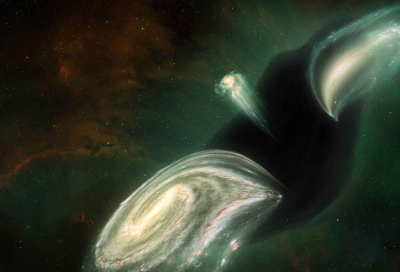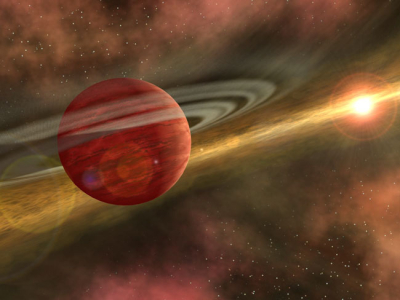What’s the great Attractor?

In the depths of the cosmic ocean, there is a strange force that keeps pulling our galaxy towards it. And inevitably, whatever is near our Milky Way, including nearby galaxies, are being drawn towards this unknown force.
But for the longest time, we couldn't understand what was the cause of this force or what lay here as this portion of the universe where the attraction is being felt is hidden from our view all thanks to our own galaxy. The force that is pulling the Milky Way lies in the direction of the constellation Centaurus. And the Milky Way's disk blocks out our view here.
This region, which we can't look through (with telescopes) from our galaxy, has been called the Zone of Avoidance. And the Great Attractor sits right here, at this 20% of the universe that's shielded from us.
The only way to get a glimpse of this area is by using X-rays and infrared light.
It was in the 1970s that the Great Attractor was first discovered. It happened when astronomers made detailed maps of the Cosmic Microwave Background (that is, the light left over from the early universe). It was observed that one side of the Milky Way was warmer than the other.
This indicated that the galaxy was vigorously moving through space. The speed was observed to be about 370 miles per second (600 km/s). While astronomers could measure the high speed at which the galaxy was moving, they couldn't explain its cause or origin.
The Great Attractor is a region of great mass that exerts an immense gravitational pull on our galaxy and surrounding galaxies. It is estimated to have a diameter of about 300 million light-years. It is estimated to be between 150 and 250 million light years away from Earth.
It sits at the centre of a local Supercluster known as the Laniakea Supercluster.
In short, the Great Attractor is the gravitational centre of the Laniakea Supercluster which consists of our galaxy and 100,000 others.
It is not a celestial body, but rather a point in the universe where everything gets attracted to.
Picture Credit : Google
